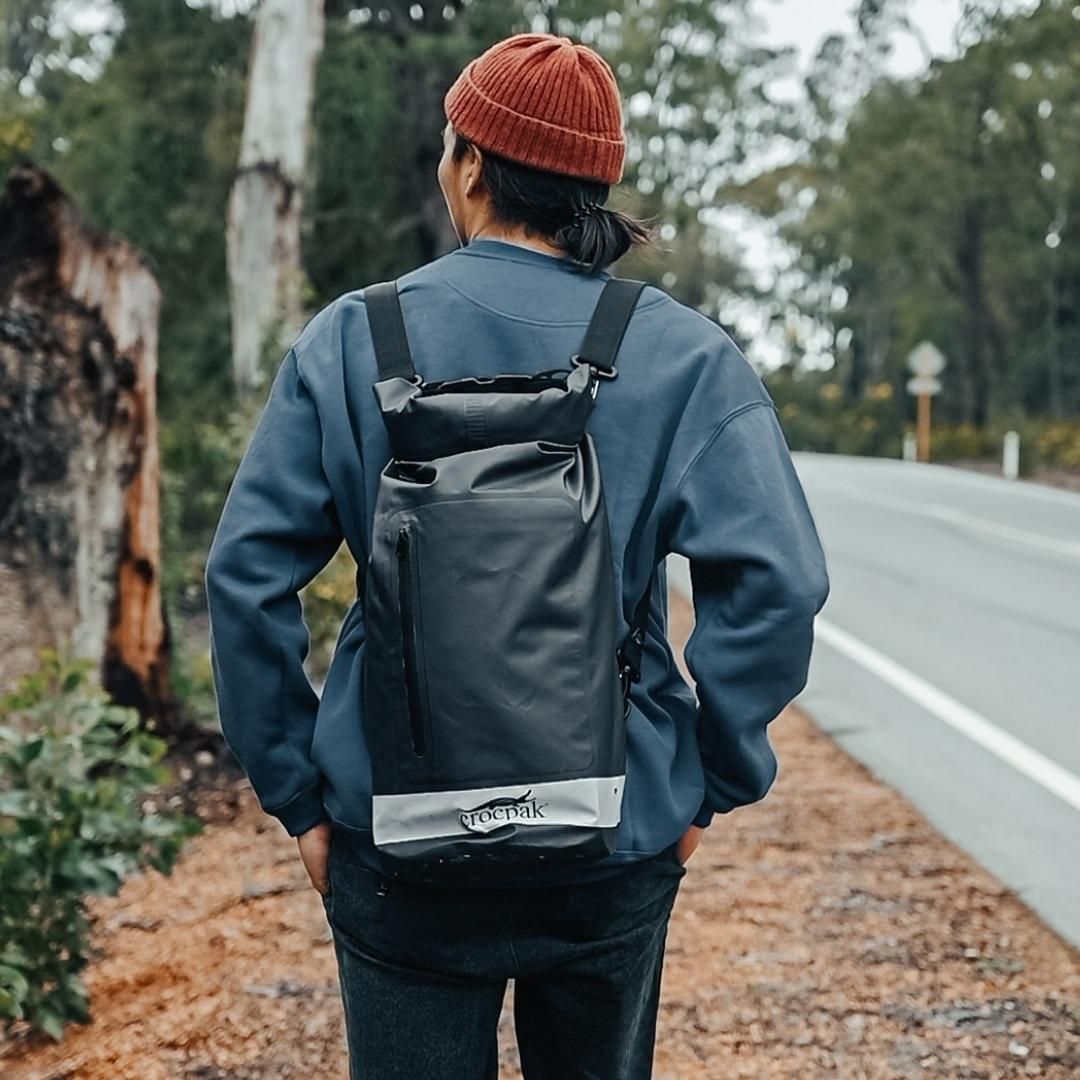From petty pickpockets to hackers trying to steal information, staying safe on a day-to-day basis can sometimes be a fine balancing act. Whether you’re commuting to work or heading out of town for the weekend, it’s important to be mindful of your actions and take extra precautions to avoid unnecessary setbacks. Here are 4 simple things everyone can do to stay safe when out and about.
1. Feeling Clueless? Don’t Act Like It

This is true whether you’re traveling abroad or venturing out to an unfamiliar place in your own city. The first rule of staying safe is to behave like you know where you are and what you’re doing. Read up on the place you plan to visit so you know your way around without having to check Google Maps every few meters. Make it a point to know the location and phone number of your embassy if you’re abroad.
If you do get lost, stay calm and look confident until you find your way. When overseas, dress like a local and ditch the stereotypical fanny packs, loud shirts and souvenir caps - all dead tourist giveaways. Learn important language phrases such as ‘Where is…’, ‘How much…’, ‘Help me’, and, of course, ‘Please’ and ‘Thank you’. If you can learn more of the language, all the better.
2. Lay Off Social Media

It’s tempting to log onto social media when traveling and let friends know where you are and what you’re up to. But, they’ll get even more of a kick if you surprise them with updates and images of the amazing places you’ve been to after you return. There’s an added benefit too: laying off social media while traveling will keep potentially shady connections out of the loop about your whereabouts. The internet is a huge place and you never know who may be watching and waiting for unsuspecting travelers to reveal too much. If you must let someone know what you’re up to, privately contact one or two trusted friends or family members.
3. Avoid Outdoor ATMs

Outdoor ATMs are very convenient, giving you a quick and easy way to withdraw money. But, they come with a catch: as standalone kiosks, they’re very exposed and don’t have security, making them magnets for scammers and muggers. As much as possible, use ATMs located inside banks where security personnel and CCTVs can keep a watchful eye on you. Always make sure that you’re the only one inside the kiosk and cover the keypad when entering your PIN.
ATM robbers tend to position themselves close to their victims, so always be aware of your surroundings. Choose an ATM that looks and feels safe even if you have to travel a little to get to it. An added precaution to take is to use ATMs during the day as most robberies occur between 8 PM and midnight. If you see anybody suspicious around, cancel your transaction and leave.
4. Secure Your Devices

If you’re like most people today, your phone/tablet/laptop holds information that’s worth its weight in gold. Add to that other valuables like wallets and documents and it’s no wonder that pickpocketing and bag theft are so common. It’s estimated that there are around 600,000 pickpocket incidents each year in the UK. Meanwhile, the NYPD estimates that 3,000 incidents occur each month in New York. What’s more, more than 33% of travel insurance claims involve loss or theft of personal property.
The first precaution to take against pickpocketing and bag theft is to secure your information by using multi-factor authentication. When traveling, turn off automatic Wi-Fi and only connect to networks that are password-protected. The next step is to store your devices and other belongings in an anti-theft bag like Crocpak. It’s the first anti-theft adventure bag designed for life on the move. Created to be lockable to anything and TSA-approved, it’s ideal for securing your valuables, no matter where you are.








1 comment
Leave a comment
This site is protected by hCaptcha and the hCaptcha Privacy Policy and Terms of Service apply.